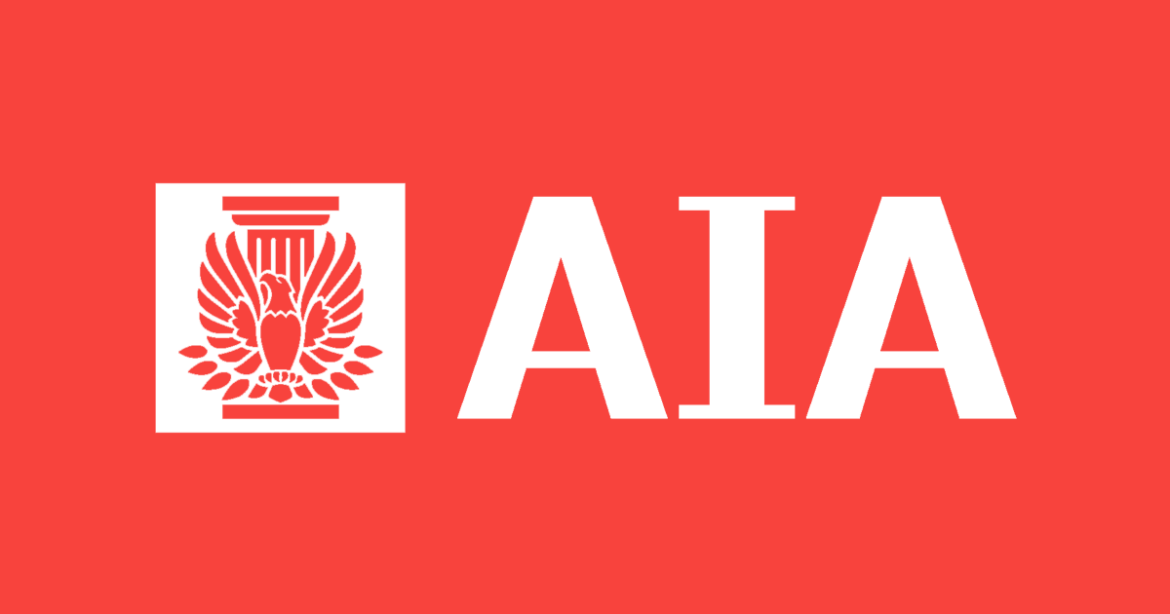The American Institute of Architects (AIA)
Architecture / Design
Industry
95,000+
Total Membership
Professional Society
Organization Type
Washington, DC
Headquarters
The American Institute of Architects (AIA) developed a bold strategic plan in partnership with McKinley Advisors that ensures its priorities and activities align with its ambitious direction.
Challenge
Identifying how and where your association should focus — particularly as the profession or industry evolves simultaneously — requires a new level of rigor and commitment to strategy design and business planning.
For The American Institute of Architects (AIA), the belief that architecture and design is central to advancing the health and well-being of society led to a new lens on strategic planning. By adopting this approach, AIA developed a bold plan to deliver profound change for their members, profession, communities, and the planet.
Solution
AIA partnered with the McKinley Advisors Strategy and Innovation team to take a forward-focused research approach to build their strategic plan. The approach included Strategic Planning Committee engagement, phased thought leader interviews, member perception surveys and a series of facilitated in-person and virtual discussions. Over the course of 18 months, the Strategic Planning Committee interviewed and surveyed hundreds of people, members and non-members. Multiple waves of research revealed high member and stakeholder satisfaction and the belief that AIA would continue to be essential to the profession. At the same time, AIA’s audiences called on the organization to be more visible, nimble and outspoken in its representation of the field.
After delivering top-line findings and implications from across the extensive research effort, McKinley led the AIA Strategic Planning Committee, Board and Strategic Council through a series of exercises to facilitate high-level visioning and problem-framing. This type of generative thinking helped steer AIA’s leadership away from the “how” and toward the transformative “why.”
Using the input gained from these iterative discussions, McKinley developed a strategic framework for reaction and refinement by the same leadership groups. The finalization process also involved consultation and “pressure testing” with key stakeholders.
Outcome
The culmination of the effort was a launch of the strategic plan in 2020 with the following key imperatives:
.png?width=5250&name=chart-2%20(1).png)
Since launching the plan in 2020, AIA has:
- Adapted to meet the rapidly changing environment. AIA expanded the objectives to address justice and equity. AIA continues to evaluate opportunities to maximize impact by looking for the intersection between objectives like climate action and equitable communities.
- Fostered critical dialogue. Design is a fundamental element of society. Through the lens of the strategic plan, AIA has been able to challenge itself―and the profession―to answer fundamental questions about how architecture can help address society’s pressing challenges.
- Realized greater operational efficiency and effectiveness. The streamlined and straightforward plan has fostered cross-organizational collaboration, prioritized and aligned work, and provided a framework of 2021 Strategic Priorities for clear communications with staff, volunteer leaders and members.
- Leading and energizing staff with new ways of working. AIA committed to a new set of strategic priorities but also a new way of executing the work. It established staff teams to lead each objective, and staff executives were appointed as sponsors. However, rather than assign sponsors based on role and department, AIA made the deliberate decision to align skills rather than titles. These assignments bring new context to the work and allow sponsors to play critical roles in areas such as removing barriers and settling any inherent conflicts.
“With the pace of disruption in business and society, leaders and guiding documents must be flexible and fluid. McKinley and the AIA Strategic Planning Committee did a great job in keeping our strategic plan simple and flexible. This has ensured more aligned and collaborative work, fostered staff and leader engagement, and provided the framework for transformation within the organization, the profession and even society.”
Terri Stewart, Hon. AIA, CAE
Executive Director, College of Fellows; Senior Vice President, Knowledge & Practice, The American Institute of Architects (AIA)








